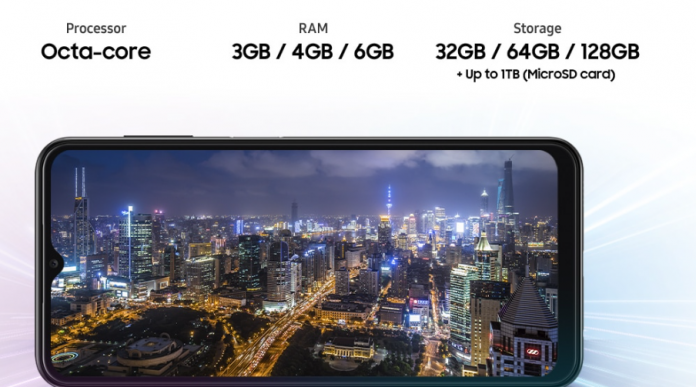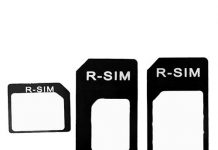What is a Smartphone Processor and How Does it Work?
-
- The processor or Central Processing Unit (CPU) is an electronic circuitry fitted inside your device to process and respond to instructions coming from your Apps.
- To process the instructions, the CPU uses binary arithmetic and logic to best respond to the prompts given to it.
- The processor works hand in hand with the RAM, which is the memory that relays instructions to the CPU.
- As you use your phone, every Application you open resides in the Random Access Memory.
- It is from here where the instructions are broken into bits before being sent to the CPU for processing.
- It then executes those instructions for the final result/information you see on your screen.
- The processor is like the brain of your smartphone.
- A processor’s performance is evaluated by the number of cores it has as well as clock speeds.
- A core is an independent unit of the processor that executes instructions. The more cores the better the processor.
- Clock speed is the speed at which the processor executes instructions, measured in GHz.
- Processors come in the following cores;
- Dual-core (2)
- Quad-core (4)
- Octa-core (8)
- Hexa-core (6)
Also read: What is a Nano SIM in Mobile Phones?























